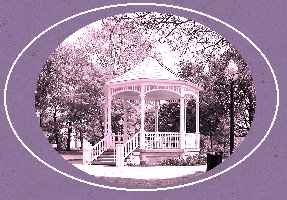
|
About
Hudson
Country : United
States of America
State : Ohio
County : Summit
County
Population:22.439
(census 2000)
|
In
1795, the state of Connecticut sold its property holdings in Ohio to a
land syndicate comprised of 35 investors known as the Connecticut Land
Company. Anxious to earn profits through sales to settlers, the Company
organized teams to scout this area known as “The Western Reserve” and start
development.
 |
David Hudson,
a shareholder in the Company, was the team leader for a party of surveyors
that were early to arrive in the territory. As a shareholder, he was entitled
to property of his choice, and on June 26, 1799 he staked his claim on
what was to become Hudson Township.The settlement he began there was named
in his honor three years later. It was not until 1837, however, that Hudson
was officially incorporated as the "Town of Hudson, Township of Hudson,
County of Portage."
|
David Hudson
had experienced a profound, mid-life, religious conversion and was intent
on creating a community on the frontier based on the highest of ideals. |
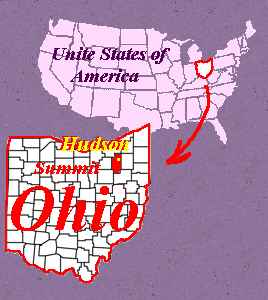 |
The
town of Hudson was to have four guiding principles, "religion, morality,
observance of law, and education." In 1802, a Congregational Church was
established, with its pastor provided by the Connecticut Missionary Society.
During that same year, the first school, a log cabin in the central park,
was also built. In 1803 an application was made to the Territorial Legislature
requesting a charter to establish a college in Hudson. The charter was
granted naming David Hudson as the main trustee. Although not completed
for a number of years, “Western Reserve College” became the first institution
of higher learning in the region, and the Loomis Observatory on its campus
was the first astronomical observatory west of the Alleghenies. Prominent
educators from eastern universities were hired and the College soon became
known as "The Yale of the West."
In 1827, the
town benefitted by completion of the nearby Akron-Cleveland section of
the Ohio-Erie Canal.
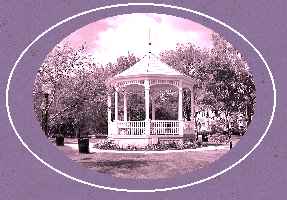
|
This
transportation hub placed Hudson along a path of commercial growth. The
coming of the railroad encouraged more warehouses, factories and mills
to spring up in the town. This business boom continued into the late 1850's
before speculation in railroad stocks led to a market crash marking the
end of a prosperous era for the Ohio economy and the financial ruin of
a number of Hudson investors.
|
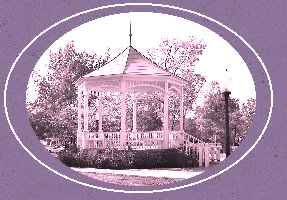
|
Reflecting
David Hudson’s moral influence, most citizens of Hudson adamantly opposed
to the concept of slavery. The abolitionist movement before the Civil War
had strong support in the town. Hudson became widely known as a link along
the famous Underground Railroad. Activist citizens helped fleeing slaves
by hiding them in their homes and helping them on their journey to freedom
in Canada. Today, Hudson still has several underground tunnels below its
streets, and a few of the oldest homes still have secret rooms and passages
as evidence of this period in history.
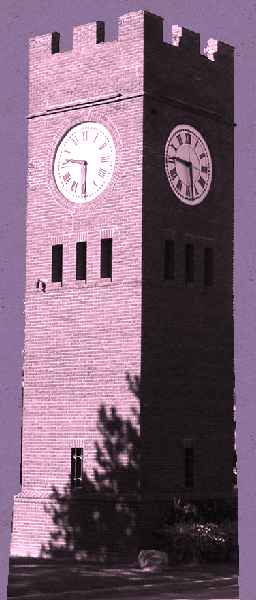 |
Although Hudson rebounded
for a time after the Civil War, a series of events set into motion a serious
decline beginning around 1880. That year Western Reserve College pulled
up roots and relocated to Cleveland. In 1890 and 1892, major fires destroyed
several important factories and businesses blocks in Hudson. The final
blow was a bank closure in 1907 that wiped out the savings of many residents.
The town sunk into widespread unemployment and decay. Another man, with
strong moral convictions similar to David Hudson, would prove to be its
savior.
|
“James
W. Ellsworth, a native of Hudson, had grown up to become a millionaire,
making a fortune in the coal industry. Going into an early retirement,
Ellsworth returned to his hometown and was heartbroken by what he saw.....
The town had no electricity, water, or sewer services. Its streets were
unpaved, the business district derelict, and its population in decline.
Ellsworth had both the resources and will to intervene on the town’s behalf.
Before embarking on his enterprise, the only request he made to town authorities
was to rescind all local liquor licenses. Hudson officials
|
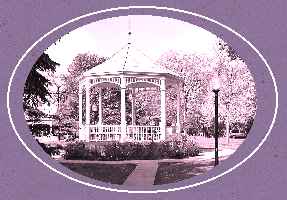 |
complied.“Vowing
to reinvent Hudson as a ‘New Model Town,’ Ellsworth made a series of sweeping
proposals to transform Hudson into a modern, vibrant community. His efforts
were comprehensive: paved roads, electrical, water, and sewer services,
telephone lines, a reorganization of the school system, tree planting,
and revitalized banking. In 1912, as a symbol of these efforts, Ellsworth
constructed the ClockTower on
the Green, easily the most enduring icon of Hudson. Four years later, again
thanks to Ellsworth, Western Reserve Academy officially opened, operating
on the grounds of the old Western Reserve College. Hudson was indeed reborn.
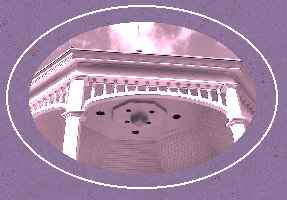 |
“James
Ellsworth died in 1925 and was buried in Hudson, ending an important era
in the town’s history. Thanks to his efforts, Hudson continued to grow
and prosper into a vibrant modern town. The town increased in population.
With tax revenues, Hudson steadily expanded its land base through land
purchases and developed its public services. The story of Hudson from 1950
to the present has been one of growth, but also of a struggle to retain
the town’s rich history and unique charm.
|
|
Visitors
to Hudson are struck by the character of the town’s old buildings and homes,
and often describe the Hudson as having a quaint, New England charm. Indeed,
Hudson’s history is evident and beckons visitors to walk the City streets
and relive its long and colorful story.
“In
1994, the Township of Hudson and Hudson Village merged to become the City
of Hudson. Today, the Hudson Historic Downtown District includes many commercial
and residential buildings that are on the National Register of Historic
Places. Hudson residents take great pride in the community’s past and its
ongoing efforts to preserve the historic character and quaint charm of
the City’s downtown and surrounding areas.” (from City
of Hudson - History)
|
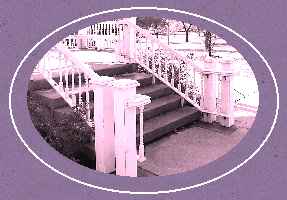 |
The
bandstand shown in these photographs was built on the town green during
1976
in conjunction
with the U.S. Bi-Centennial celebration that year.
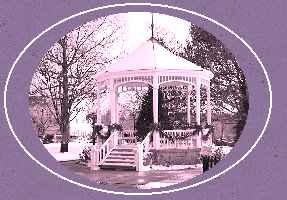
|
It
quickly became an integral part of city life in Hudson, and a popular site
for events of many types. During the summer months a series of free evening
concerts is regularly scheduled and eagerly supported by the residents.
Surrounded by reminders of so much of the history described above, the
little white bandstand seems symbolic of the values that marked both the
birth and rebirth of Hudson before growing to the thriving and affluent
community of present.
|
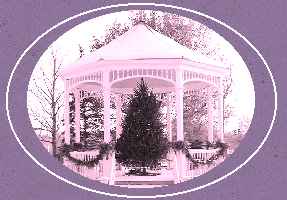
|
|